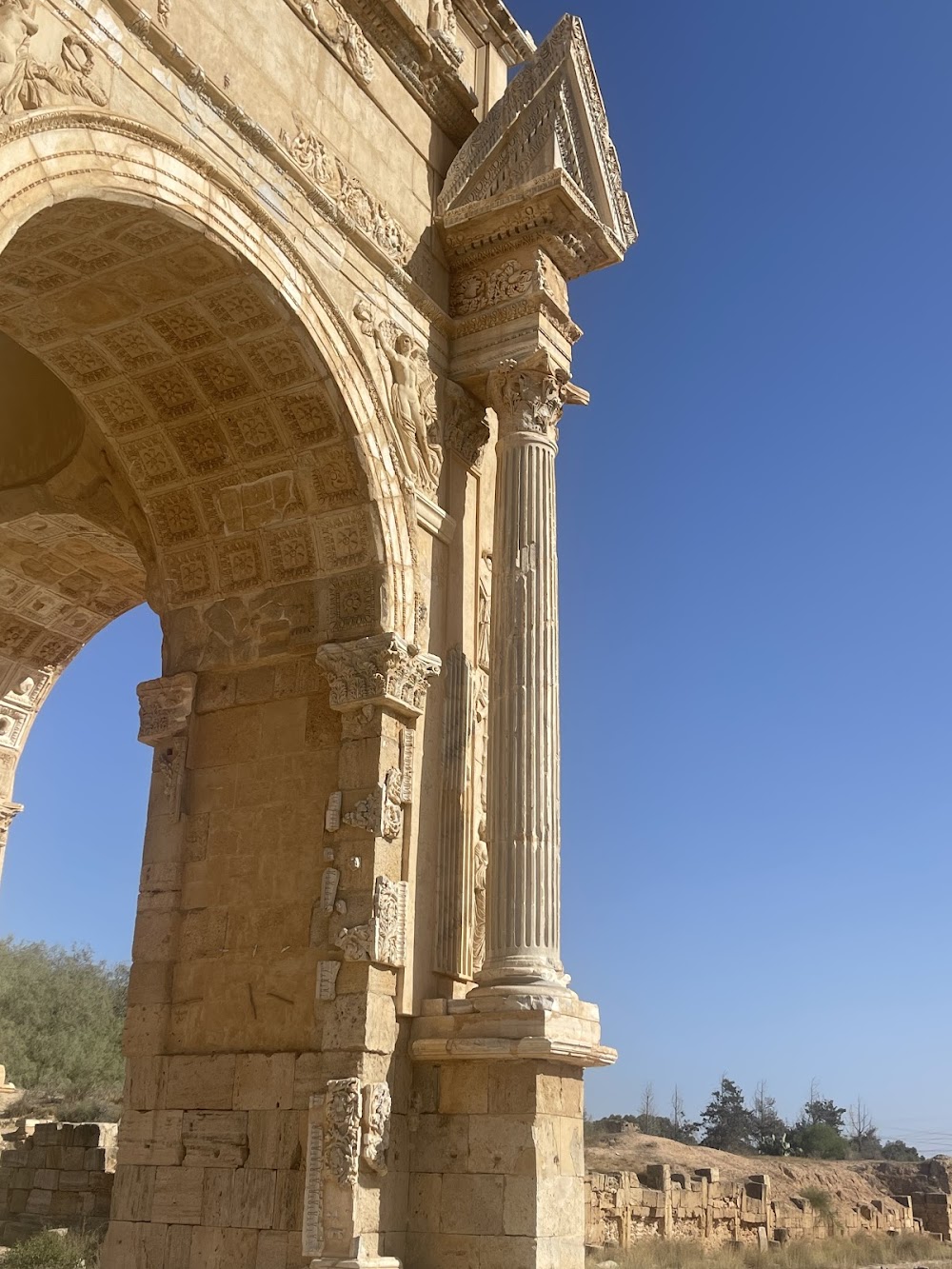Circus of Leptis Magna (سيرك لبدة)
Overview
The Circus Maximus of Leptis Magna, nestled in the city of Murqub, Libya, is a captivating testament to ancient Roman architecture and history. Constructed during the zenith of the Roman Empire, this grand circus was designed with both entertainment and architectural innovation in mind, making it a remarkable site for history enthusiasts and travelers alike.
Initiated in the early 2nd century AD by Emperor Septimius Severus, who hailed from Leptis Magna, the Circus Maximus was part of his ambitious project to renovate and elevate his birthplace to rival other magnificent cities of the Roman world. This monumental structure was specifically designed to host exhilarating chariot races, a highly popular form of entertainment that drew thousands of spectators eager for the thrill of competition.
Measuring approximately 450 meters in length and 100 meters in width, the Circus Maximus was one of the largest circuses in the Roman Empire. Its elongated oval shape facilitated the electrifying chariot races that enthralled audiences. The central spine, or spina, divided the track and was adorned with stunning monuments, including obelisks and statues, enhancing the grandeur of each event.
With a capacity to accommodate around 25,000 to 30,000 spectators, the seating arrangement was meticulously designed to provide optimal views of the races while ensuring the safety and comfort of attendees. Senators and high-ranking officials occupied the lower tiers, enjoying prime viewing spots, while the upper tiers welcomed the general public to share in the excitement.
The construction of such a monumental structure demanded meticulous planning and immense manpower. Skilled laborers, including architects, engineers, stonemasons, and craftsmen, collaborated to bring this vision to life. Local materials, alongside resources sourced from across the empire, such as limestone and marble, were utilized for seating and decorative elements. The design featured a sophisticated system of arches and vaults, ingeniously supporting the heavy structure while accommodating vast crowds.
Beyond being a venue for entertainment, the Circus Maximus symbolized Roman engineering prowess and cultural significance. The races were grand spectacles that exemplified the power and glory of the Roman Empire. Charioteers, often slaves or freedmen, became celebrated figures, achieving fame and fortune through their audacious skill and bravery on the track.
However, over the centuries, the fortunes of Leptis Magna declined. The circus, like many other parts of the city, fell into disrepair following the waning of the Roman Empire. Natural disasters, such as earthquakes, coupled with invasions from foreign powers, contributed to its deterioration. By the time European explorers began documenting the ruins in the 19th century, the once-majestic Circus Maximus had largely succumbed to the ravages of time.
Today, the remains of the Circus Maximus of Leptis Magna serve as a testament to the ingenuity and ambition of the Roman Empire. Ongoing archaeological efforts have uncovered sections of the structure, providing a glimpse into its former splendor. Discoveries include remnants of seating, parts of the spina, and traces of the starting gates, which offer invaluable insights into the design and construction of ancient Roman circuses.
The ruins of the Circus Maximus continue to intrigue visitors and scholars, standing as a poignant reminder of the city’s rich history. Recognized as a UNESCO World Heritage Site, the site, along with the rest of Leptis Magna, is preserved for future generations. Although much of the circus now lies in ruins, its story remains a vital part of the ancient city’s legacy, reflecting the architectural brilliance and cultural vibrancy of the Roman Empire at its height.





